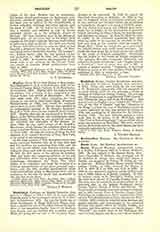

Bradshaigh, EDWARD, an English Carmelite friar known in religion as Elias A, Jesu; b. in Lancashire, England, early in the seventeenth century; d. at Benfold, September 25, 1652. He was the fourth son of Roger Bradshaigh, of Haigh Hall, near Wigan, England, a member of one of the oldest families in Lancashire; of his immediate family three of the brothers were Jesuits, and one brother was a secular priest. While yet young he was sent to the Cassinese Benedictines to be educated. In 1619 he joined the Discalced Carmelites in Belgium. In 1626 he was sent to England, where he labored zealously until he was arrested and brought before the Archbishop of Canterbury, charged with being a Catholic priest. He was thrown into prison and suffered great hard-ships, but at length, at the intercession of powerful friends, including the King of Spain, he was liberated, and banished to France. In Paris he filled the office of reader in the Carmelite monastery until 1632, when by order of his superior he returned to England and took up his residence with his family at Haigh Hall. There he visited the poor, performed his priestly duties, and made many converts. Towards the close of his life he devoted his time chiefly to the study of English antiquities. Bradshaigh was the author of two works on British antiquities, “De antiquis Monachis Insularum Britannia, sub primitiva Ecclesia viventibus”, and “Anglim Sancta et Catholic“, both of which were lost in MS. A volume of poems, entitled “Virginialia, or Spiritual Sonnets in praise of the most glorious Virgin Marie”, published in 1632, is attributed to him.
THOMAS GAFFNEY TAAFFE

